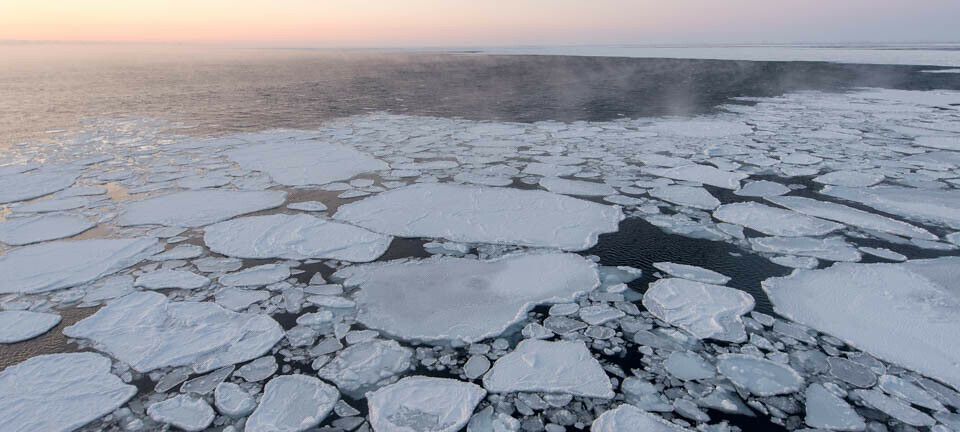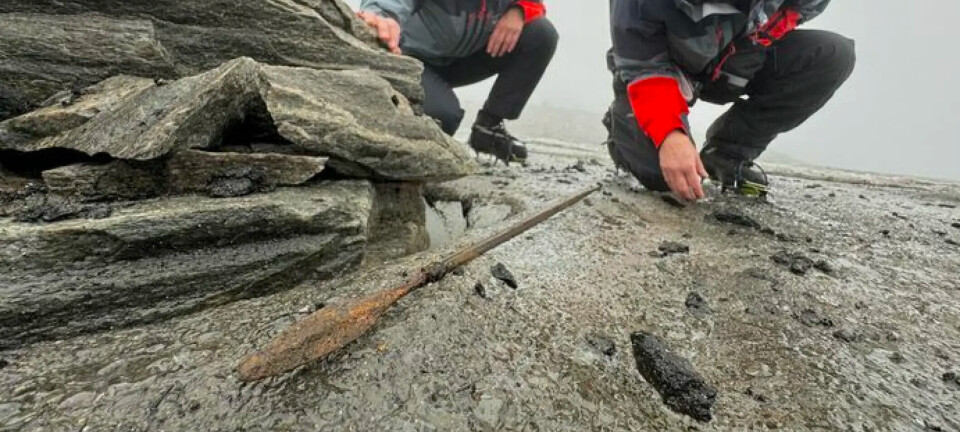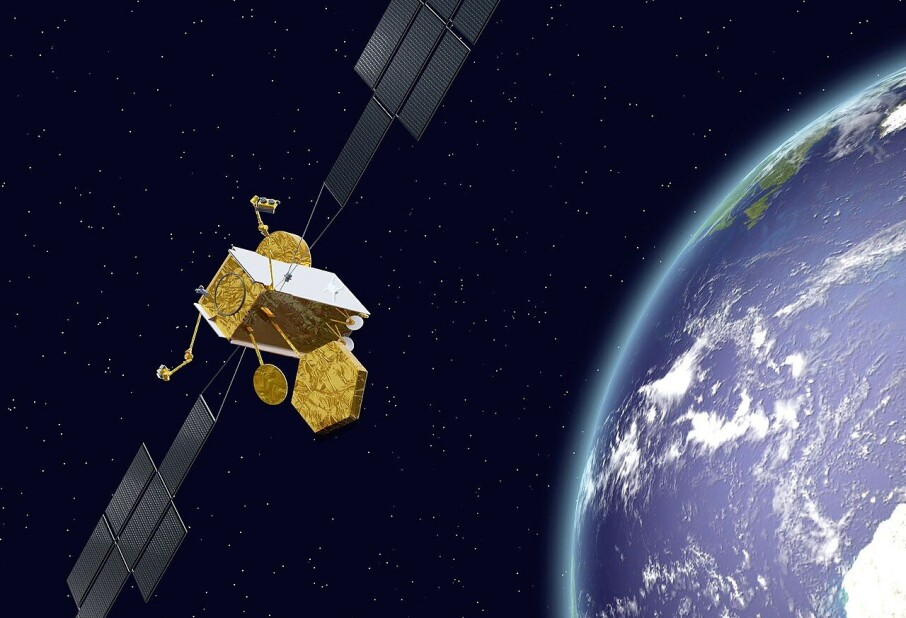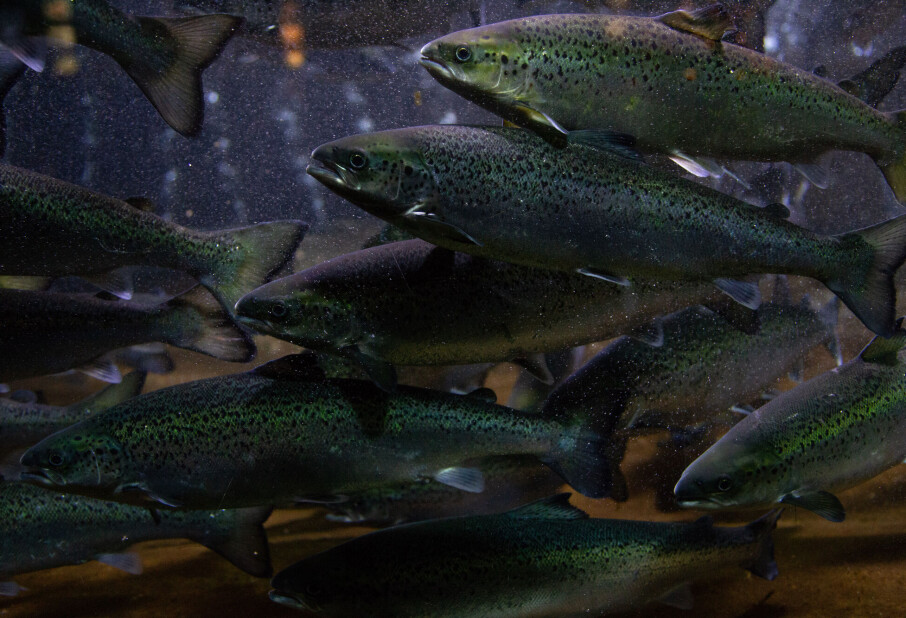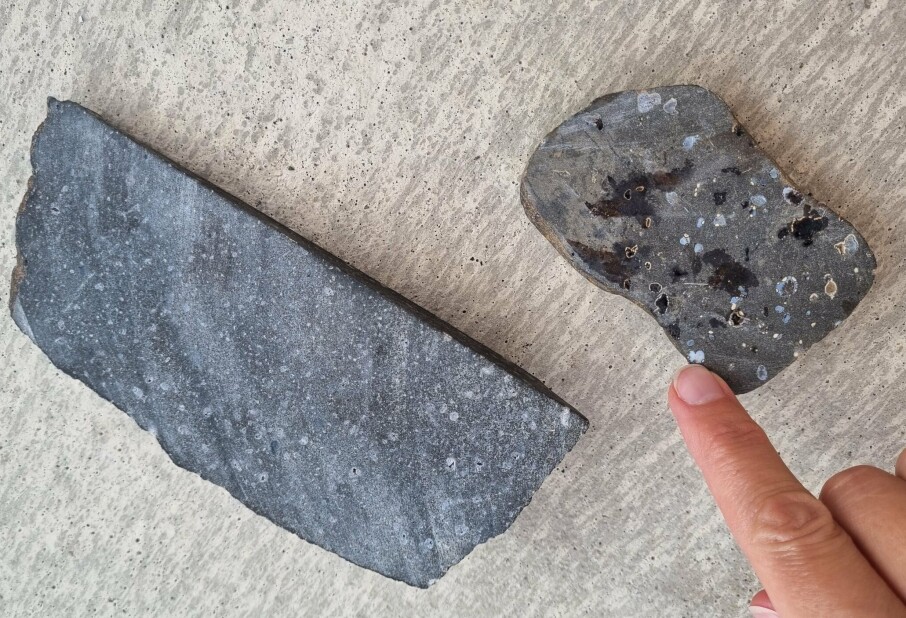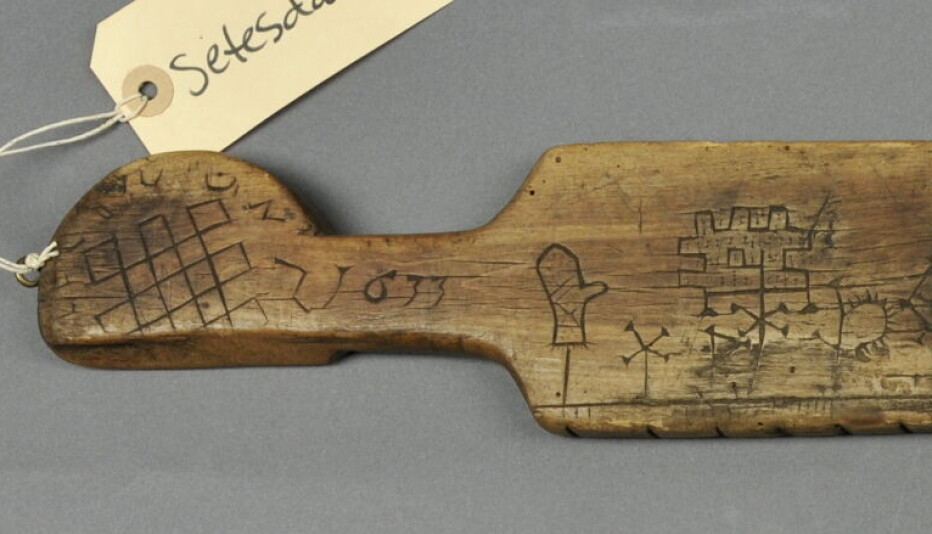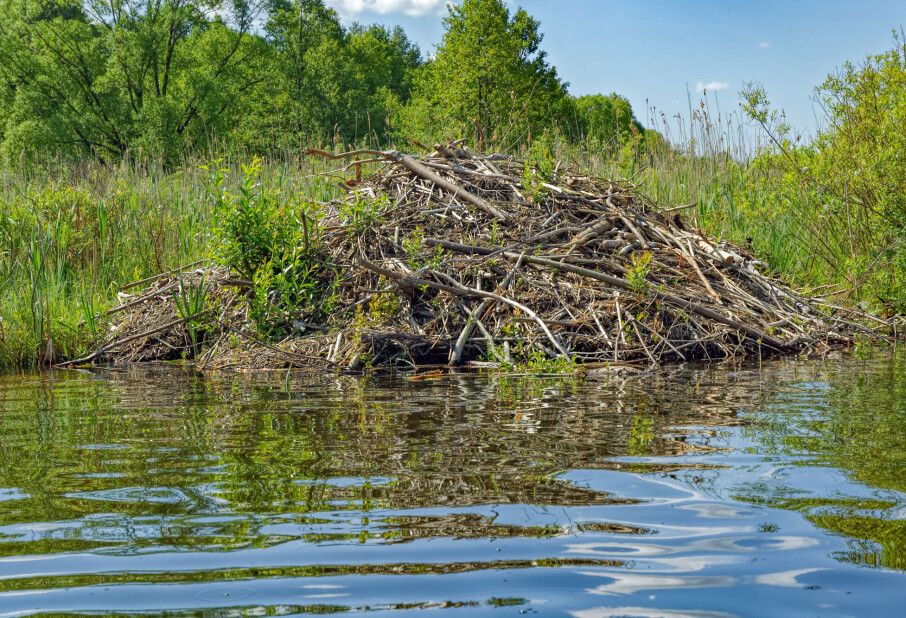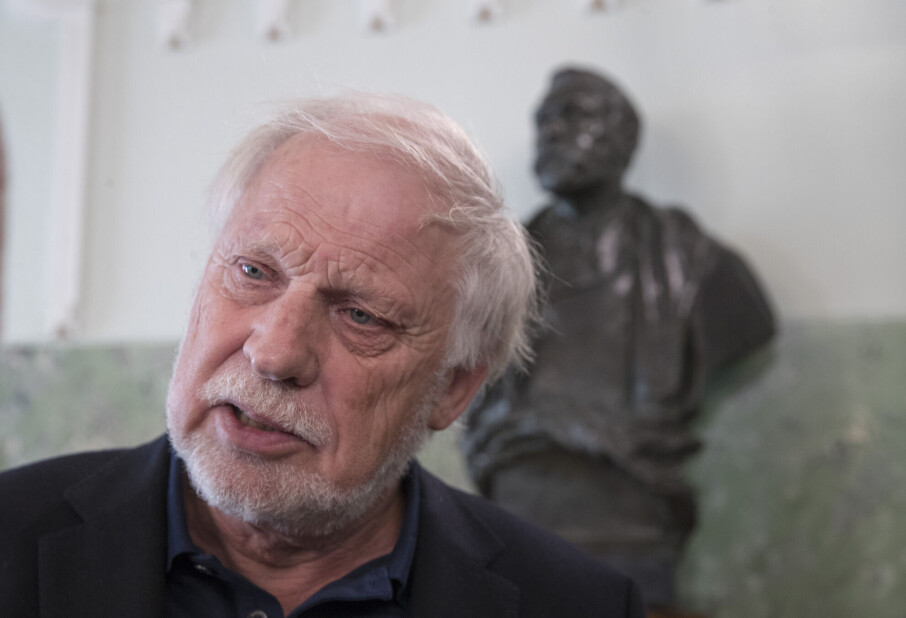Deep within the ice lies air that is several hundred thousand years old
This ancient air holds valuable clues about the climate of the distant past.
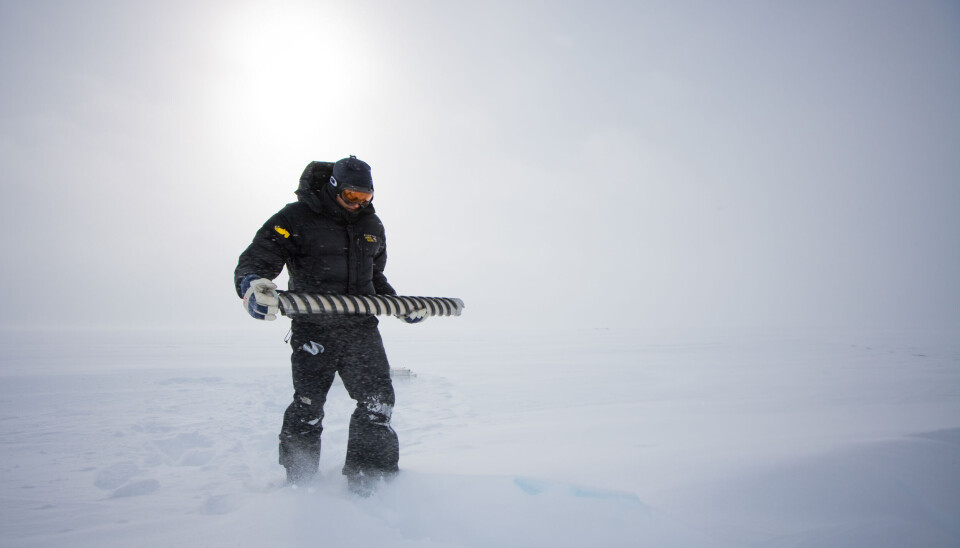
In places where the ice never melts, a treasure trove of information can be found.
Air gets trapped in the ice under layers of snow and stays there until someone retrieves it.
When researchers extract ice cores, they can learn a great deal from the air bubbles contained within.
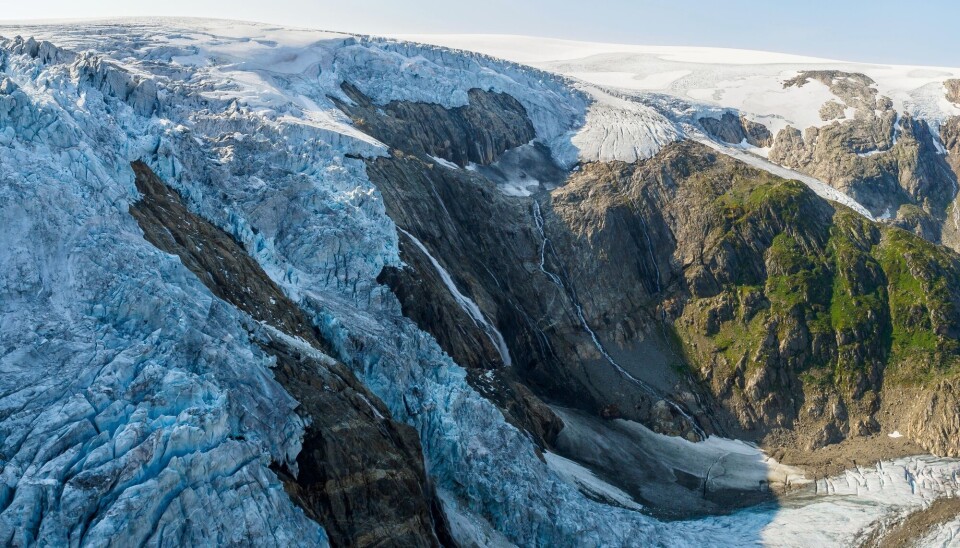
Several kilometres of information
"Ice cores are found in regions where snow and ice have accumulated over long periods. This could be glaciers in tall mountains, the Arctic, or Antarctic. It must be a place where the ice never melts," says Sabine Eckhardt, who researches atmosphere and climate at NILU.
In Norway, researchers have extracted ice cores from the Folgefonna glacier.
Sometimes, they drill several kilometres into the ice. In Greenland, ice reaches over 3 kilometres thick, while in Antarctica, it is nearly 5 kilometres thick.
"The layers in the ice can be read like pages of a book. Snow falls layer upon layer, and new layers are added each year. The upper layers can be counted, but not the deepest ones because they are very small. For those, we use other methods," says Hans-Christian Steen-Larsen, a geophysics researcher at the University of Bergen.
The reason the deepest layers are very small is that they are compressed by the layers above.

A journey through time
There are differences in ice cores and how far back in time researchers can go.
In Greenland, it snows more than it does in Antarctica, resulting in thicker layers of ice each year. The ice cores in Greenland thus contain more information, while the ice in Antarctica has more thin layers.
"What's exciting is that we can measure how the climate has changed over time. In Greenland, we can look back 100,000 years, while in Antarctica, we can go back over 1 million years in time," he says.
The record for the world's oldest ice was actually broken not long ago when researchers in Antarctica managed to retrieve ice that was 1.2 million years old.
To analyse the contents of the ice, researchers melt it and examine what’s in the water.
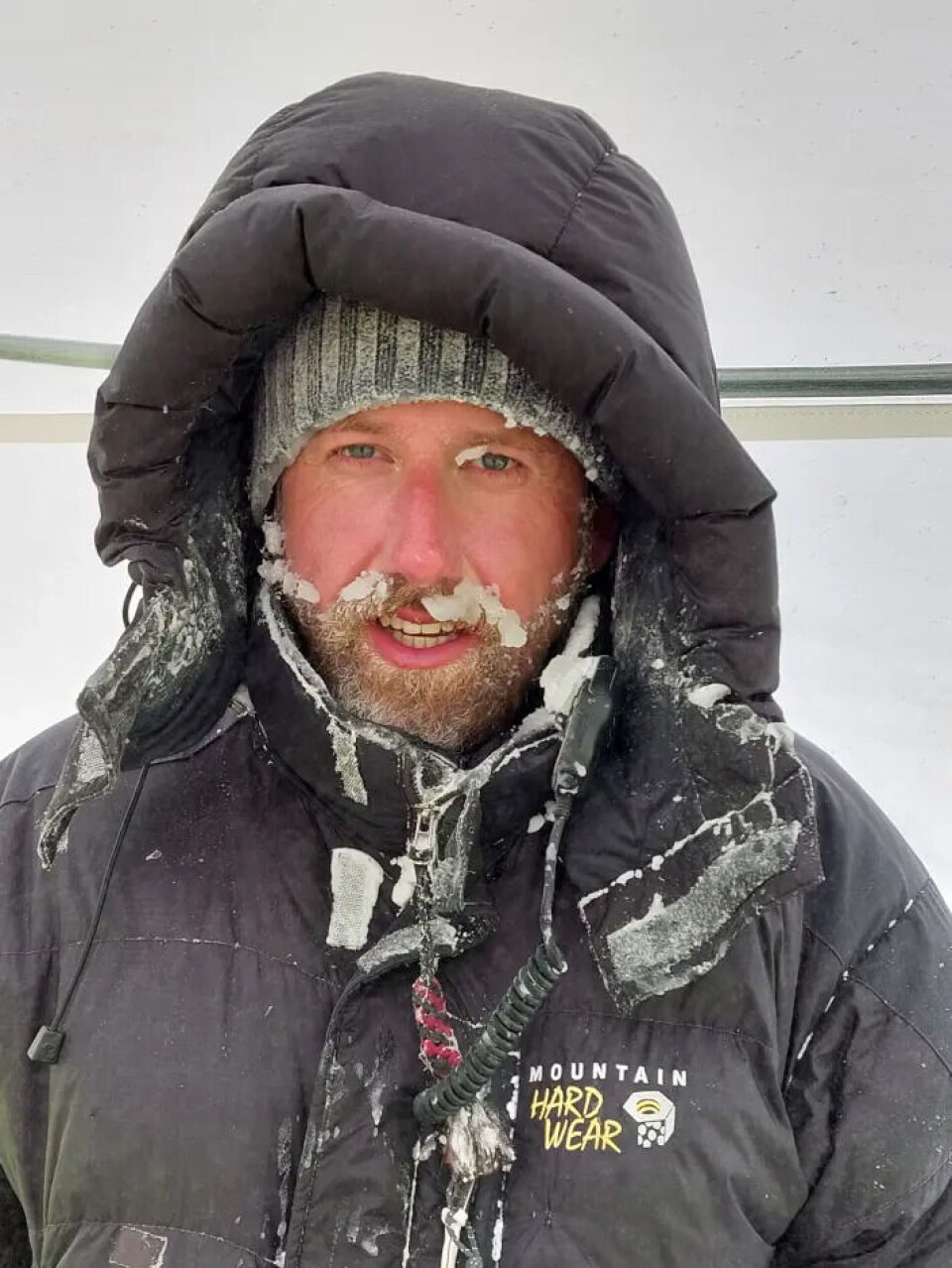
"It could be soot, pollen from plants, or bacteria," says Eckhardt.
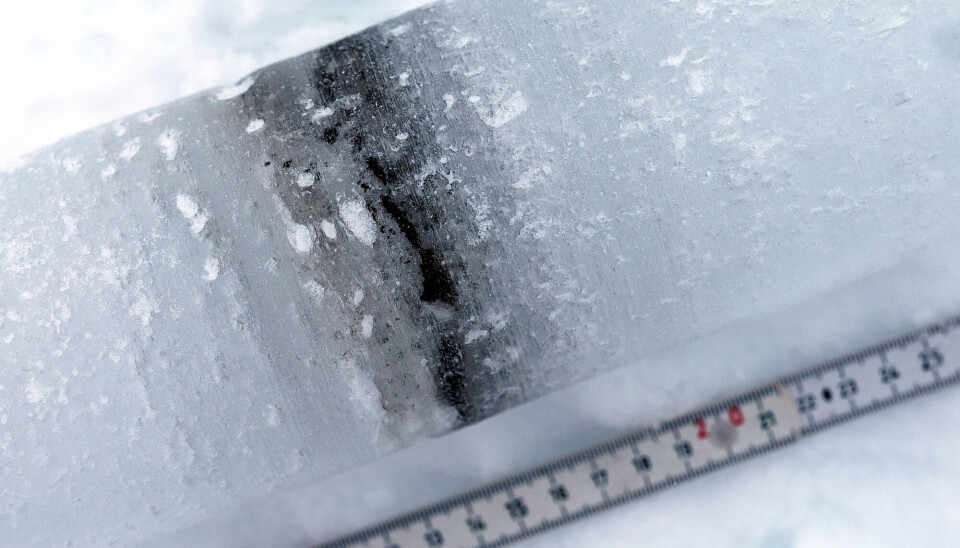
Preserving climate records
Norway is one of the places where glaciers are melting away.
"These climate records are essential for understanding local climate history. They tell us what Norway’s climate was like in the past. If the ice melts, this information is lost forever. That is what's happening now," says Steen-Larsen.
To preserve this information, researchers are working to extract as many ice cores as possible before the glaciers disappear.
The ice cores are then sent to places that remain very cold, like Antarctica.
There, the ice cores are stored until researchers have time to study them.
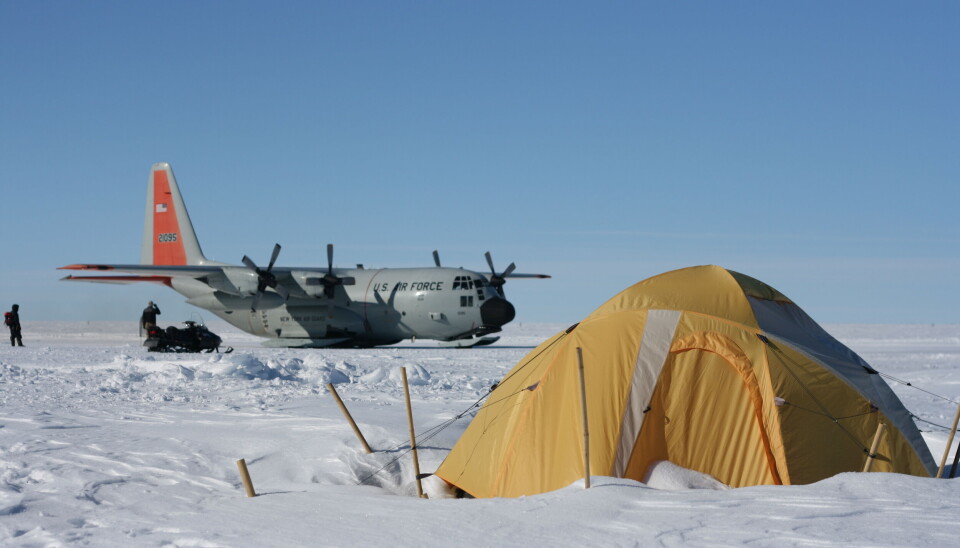
Extreme working conditions
Ice core research takes place in extremely cold environments.
Steen-Larsen explains that when they go to Antarctica at the start of the season, it's minus 45 degrees Celsius.
Researchers typically stay for two months, but some remain for up to 14 months.
"Planes only come about once a month. If you want to go home, it's quite difficult. In winter, it's even more extreme – a plane might come only after six months ," he says.
This is what it looks like when researchers work in Greenland.
———
Translated by Alette Bjordal Gjellesvik
Read the Norwegian version of this article on ung.forskning.no
Related content:
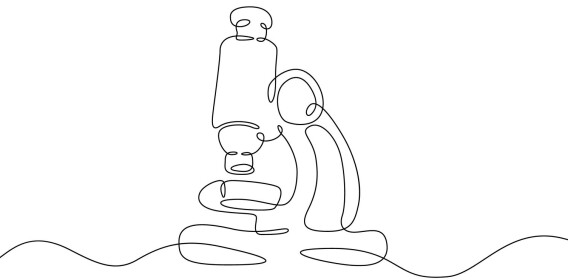
Subscribe to our newsletter
The latest news from Science Norway, sent twice a week and completely free.







